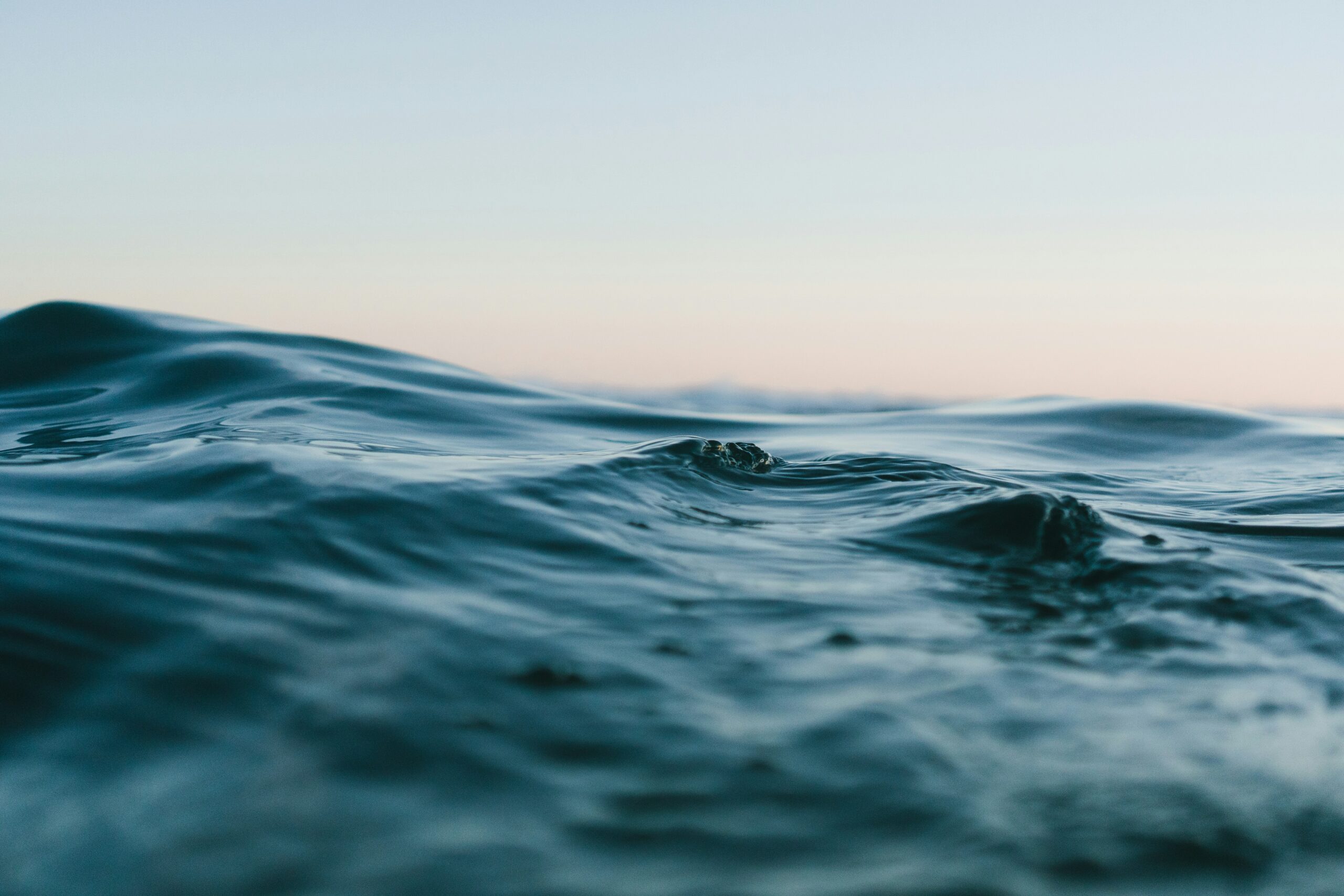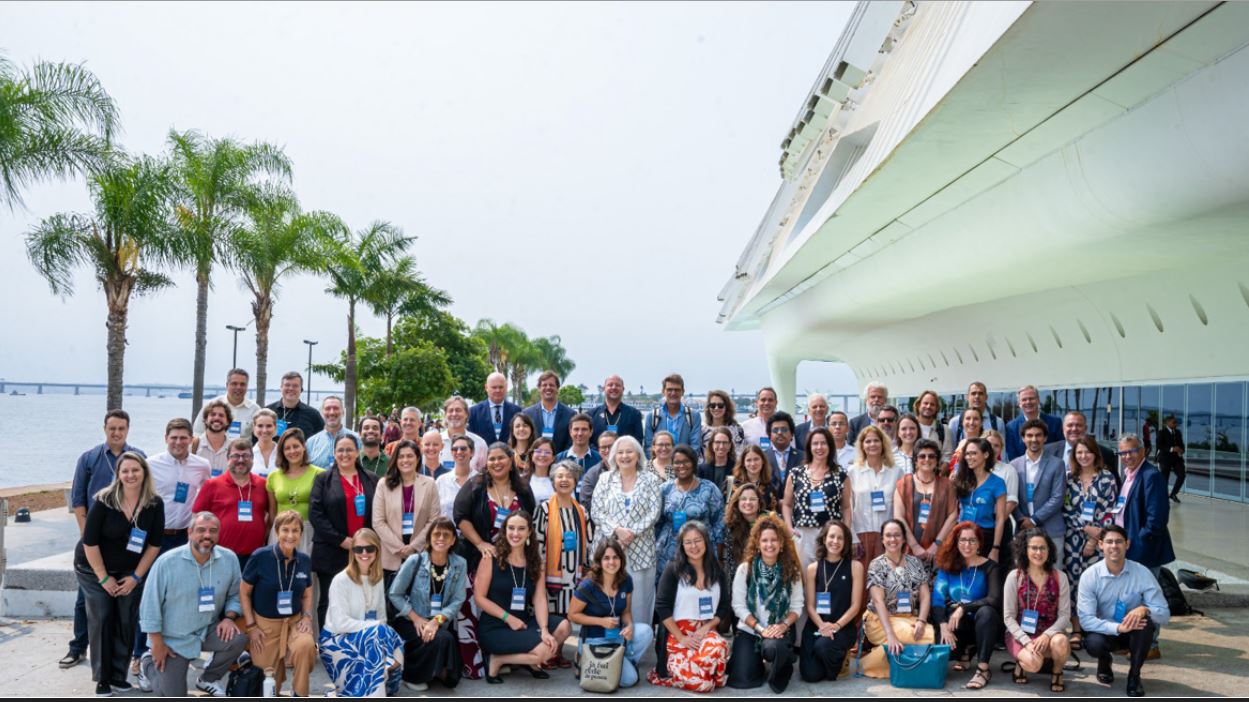
A Call from the Wild
The newsletter of IUCN Save Our Species and the Integrated Tiger Habitat Conservation Programme
2022 was a historic year for conserving species.
Last month, the Convention on Biological Diversity’s COP15 approved the Post-2020 Global Biodiversity Framework. Among other goals for nature, the new Framework provides a roadmap for countries to halt human-induced extinction of species and reduce risks to all species by ten-fold before 2050.
In July, the IUCN Red List of Threatened SpeciesTM reported a 40% increase in tiger numbers in the wild since 2015. IUCN’s Integrated Tiger Habitat Conservation Programme (ITHCP) contributes to a worldwide initiative aiming to double tiger numbers in the wild by 2022. This promising upward trend indicates that species recovery is possible with sustained, science-based conservation action.
IUCN Save Our Species secured a further €12.5 million in funding from KfW for an extension of the ITHCP, launched the new SOS Sturgeons initiative and opened a second round of Calls for Proposalsfor the Fondation Segré Conservation Action Fund. These developments promise species conservation impacts until at least 2026 and will contribute to achieving the Global Biodiversity Framework for a nature-positive world.
Below are some 2022 highlights from IUCN Save Our Species and the ITHCP:
Species
One of our projects in Nepal supported the National Tiger Survey of 2021-2022, and participated in collecting information to assess whether tiger numbers in the wild had doubled. Nepal became the first country to double the number of tigers in the wild, with its tiger population increasing from 121 in 2009 to 355 in 2022 thanks to targeted conservation activities.

In Indonesia, a project rescued and released three orphaned Javan gibbons in the Mount Tilu Nature Reserve, bringing the total number of released gibbons at the project site to 44 since 2014.

A project in Bolivia placed 20 nest boxes in Pasoyapa Palm trees of the El Palmar National Park. As cavities in these trees are not abundant, these boxes are key for Critically Endangered Red-fronted Macaws to breed.

Habitat

The “One Student, One Acacia” awareness-raising campaign in Niger saw 15,000 acacia plants planted by students and their teachers. This project will help to restore acacia populations as well as giraffes, which rely on this plant for food and habitat.

In Madagascar, a community project to strengthen lemur conservation saw 52,900 native trees cultivated in nurseries,60 km of fire-breaks established, and36,5 ha of degraded forests restored over three years.

In Costa Rica, a project engaged with high-level government officials to strengthen habitat protection for the Scalloped Hammerhead shark. In April, the President of Costa Rica signed anexpansion decree that triples the size of the sanctuary area to 15,000 ha. The President also signed another decree that declares Cocos Island anew shark sanctuary.
People
By working together with local communities, a carnivore restoration project in Gabon successfully rehabilitated local roads and set up the “Lion Express” community transport system to support communities living close to carnivores. By providing78 free trips, the Lion Express has safely transported265 men, 182 women, 79 children, and 1,261 products for sale in local markets.

A tiger conservation project in India engaged local communities prone to poaching and human-wildlife conflict. The project reached 661 men, 262 children and 197 women across five villages to foster positive co-existence between tigers and humans.

A project in Vietnam organised a gibbon pride festival with local communities to raise awareness on the urgency to conserve Critically Endangered Cao vit gibbons.100 books and 80 photos were also donated to secondary schools as part of efforts to involve local communities in their protection, and allow them to provide feedback on project activities.

Successful conservation action starts with you, our supporters and partners, so we would like to thank you for your commitment to Keep Nature Standing. Have a wonderful year! – The IUCN Save Our Species and the Integrated Tiger Habitat Conservation Programme teams.
Watch our latest webinar!

Couldn’t attend our webinar? Click on the link below to replay the video and find out how conservation policy can be improved to better protect threatened species.
Thank you to our partners

About us
| IUCN Save Our Species contributes to the long-term survival of threatened species, their habitats and the people who depend on them by supporting civil society organisations. It aims at building the capacity of many of these organisations and communicating about the successes to inspire more people to support this universal cause. This is IUCN’s response to the challenges identified by the IUCN Red List of Threatened Species™ mobilising IUCN’s unique knowledge and expertise of the members of the Species Survival Commission and its many Specialist Groups.
The Integrated Tiger Habitat Conservation Programme (ITHCP) or ‘Tiger Programme‘ is an initiative funded by the German Cooperation via KfW Development Bank, which contributes to the global effort to double tiger numbers in the wild by 2022 by supporting landscape level conservation work benefiting species, communities and habitats. Coordinated actions enhancing conservation skills, developing new livelihoods and improving governance and infrastructure are delivering results in terms of better protected tigers across these landscapes.
Photography credits Tiger: Stewart Baird Javan gibbon: Josh More Red-fronted Macaw: Steffen Reichle, Asociación Armonia Giraffe: COGEZOH Lemurs: R. Mittermeier Hammerhead shark: Misión Tiburón Gorilla: Panthera Woman: Shayasta Tuladhar/WWF Nepal Cao vit gibbon: Zhao Chao
You are receiving this email because you have subscribed to A Call from the Wild, the newsletter of IUCN Save Our Species and the Integrated Tiger Habitat Conservation Programme. You can unsubscribe from this newsletter at any time: Unsubscribe | Forward this email Copyright © 2023 IUCN Species Conservation Action Unit, Centre for Conservation Action. All rights reserved. Rue Mauverney 28, 1196, Gland, Switzerland.



